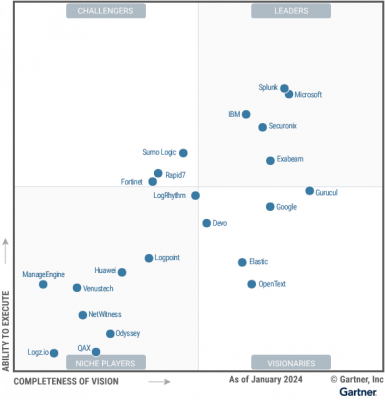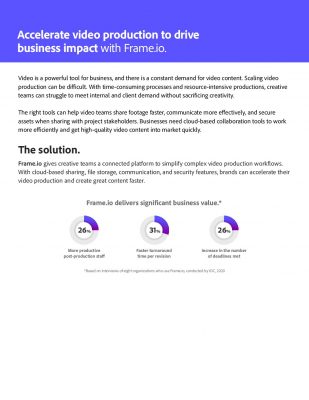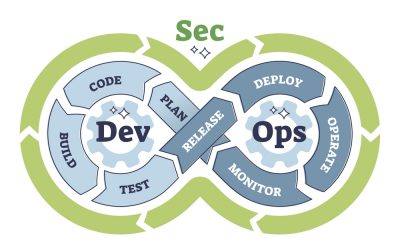Highlights:
- IPA plays a crucial, and even dominant, role in driving change. Still, its greatest value is realized when companies understand how to integrate it with other capabilities and approaches within the operating model.
- Automating 50-70% of tasks results in significant cost efficiencies, with annual run-rate savings ranging from 25-35%.
Based on authentic global research, executives forecast that intelligent process automation (IPA) will lead to an average cost reduction of 21% and a revenue increase of nine percent in the foreseeable future.
This surge in IPA’s popularity is attributed to the increasing number of vendors entering the market, offering a diverse selection of automation products and workflow automation tools.
Intelligent process automation for revenue growth involves utilizing advanced technologies such as artificial intelligence, machine learning, and natural language processing to automate business processes. These systems can interpret unstructured data, comprehend natural language, and make decisions based on data patterns.
In contrast to traditional robotic process automation, which relies on rule-based scripts, IPA employs cognitive capabilities, enabling it to manage complex processes and adapt over time. By integrating intelligent automation with human oversight, IPA aims to enhance human capabilities, lower costs, improve accuracy, and elevate customer experiences.
How can Businesses Start with Intelligent Process Automation?
IPA does not necessitate a substantial infrastructure investment, as it targets the presentation layer of information systems. The critical steps for achieving successful IPA transformations at scale include:
-
Define IPA’s role in operating model
Intelligent business process automation plays a crucial, and even dominant, role in driving change. Still, its greatest value is realized when companies understand how to integrate it with other capabilities and approaches within the operating model. Automation is on the rise and now is the time to define what is possible and apply it strategically where it makes the most sense.
-
Design detailed portfolio of IPA solutions
Organizations should avoid merely experimenting with a few IPA technologies. The rapid pace of change makes this approach ineffective. The full impact is realized when IPA technologies are integrated and work together. Create a detailed implementation roadmap to identify work automation opportunities and sequence IPA initiatives by balancing impact and scalability.
Begin your IPA journey by quickly mapping current tasks and required resources. Then, deploy an experienced incubator team to redesign processes and group workflows, leveraging a deep understanding of business lines and IPA capabilities.
-
Develop a quick minimum viable product (MVP)
Many executives have been disappointed by complex enterprise data warehouse projects that took up to a decade to complete and far exceeded their budgets. As with other digitization efforts, it’s more effective to quickly select an end-to-end process or customer journey to redesign and enhance using ROI-focused intelligent process automation services, emphasizing speed and impact. Launch an MVP to test its functionality and make necessary adjustments rapidly.
-
Develop momentum and grasp value
IPA implementations should balance quick wins with long-term developments. The detailed roadmap should be based on a fundamental process redesign, sequencing automated modules for production, and reimagining workflows to maximize value.
-
Integrate lasting capabilities for sustainability
Organizations need systematic compliance and controls and should embed essential skills within teams to own the process. They must redesign structures to capture value, establish a scalable operating model, and create impact blueprints. Training and workshops can show how automation frees up teams for creative work.
-
Coordinate communications and management
A strong communications plan is essential to managing redeployment, generating excitement, and aligning changes with corporate strategy. Success depends on cultural alignment and the adoption of agile practices.
Deploying IPA in your business unlocks a myriad of advantages, revolutionizing operations, and amplifying efficiency.
Business Benefits of Intelligent Process Automation
Industries across the board that have tested IPA have witnessed remarkable returns, including:
- Return on Investment (ROI) in excess of triple-digit percentages.
- A notable decrease of 50-60% in straight-through process time.
- Automating 50-70% of tasks results in significant cost efficiencies, with annual run-rate savings ranging from 25-35%.
- Achieving greater cost reduction than what can be accomplished with RPA alone.
- Enhanced efficiency and process output quality.
- Liberating employee time for strategic and mission-critical initiatives.
Surfing through advantages of IPA, it’s crucial to delve into its wide-ranging applications, showcasing how its capabilities can be harnessed across different industries and functions.
Industrial Use-cases of Intelligent Process Automation
An IPA facilitates enhanced productivity, lowered operational costs, and elevated customer experiences across a broader range of industrial use cases.
-
Data collection
Rather than having your customer service representatives manually collect customer data from various platforms, intelligent process automation software can handle the task in a hassle-free fashion. It efficiently gathers data from databases and updates records with information extracted from emails and phone calls.
-
Insurance
In certain insurance firms, claims departments dedicate significant time to manually inputting data from claims forms into CRMs. Intelligent process automation solutions for business growth streamline this process by extracting essential data from the forms and seamlessly inputting it into the CRM. This task can be integrated into a comprehensive end-to-end process, ensuring that pertinent information is delivered directly to the customer or end-user.
-
Shipping
Leveraging an IPA tool enables the analysis of shipping data to optimize routes and schedules, thereby averting delays, maximizing resources, and minimizing bottlenecks.
Concluding Thoughts
As organizations increasingly recognize the limitations of RPA, they anticipate revenue generation with intelligent process automation tools as a more comprehensive approach.
IPA replicates human work and evolves to perform tasks more effectively with time. It has emerged as the preferred tool for businesses aiming to elevate workforce productivity, optimize efficiency, oversee operational risk management, and enhance customer journey experiences. By harnessing IPA, organizations can achieve significant improvements across various facets of their operations.
Explore our extensive collection of meticulously selected tech-related whitepapers. These knowledge reservoirs are crafted to enhance your expertise through in-depth analysis and thorough evaluation.










































































